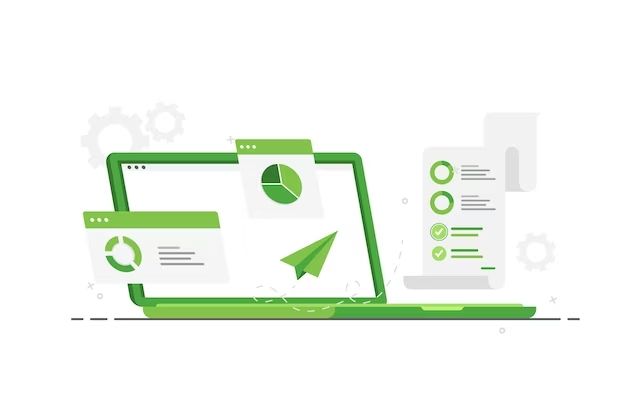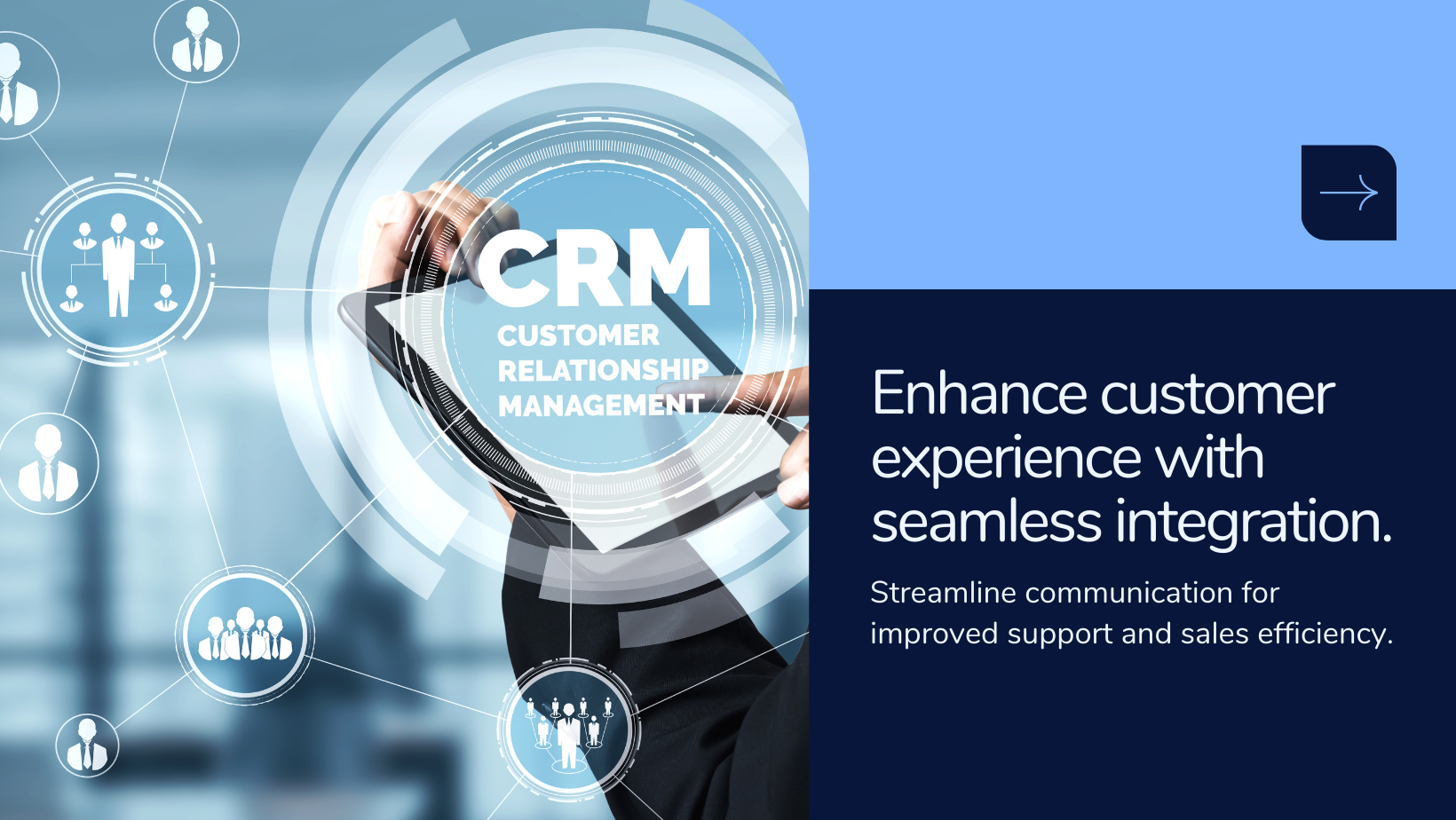From Data to Profits: Leveraging Predictive Analytics for Smart Product Pricing and Promotion in D2C India.

In today's competitive business environment, D2C (Direct-to-Consumer) brands in India are constantly looking for ways to optimize their product pricing and promotion decisions. One of the most effective ways to achieve this is by leveraging the power of predictive analytics to predict product demand. In this blog post, we will explore how D2C brands in India can use predictive analytics to inform their product pricing and promotion decisions, helping them stay ahead of the competition.
Table of Contents:
- What is Predictive Analytics?
- How Predictive Analytics Can Benefit D2C Brands in India
- Steps to Implementing Predictive Analytics for Product Pricing and Promotion Decisions
- Tools and Techniques for Predictive Analytics in D2C Brands
- Case Studies: Successful Implementations of Predictive Analytics in D2C Brands in India
- Common Challenges and Pitfalls of Predictive Analytics in D2C Brands
- Best Practices for Predictive Analytics in D2C Brands in India
- Conclusion
Predictive analytics is the use of data, statistical algorithms, and machine learning techniques to identify the likelihood of future outcomes based on historical data. This technique allows businesses to make informed decisions by predicting future events, including product demand.
How Predictive Analytics Can Benefit D2C Brands in India
By leveraging predictive analytics, D2C brands in India can gain valuable insights into their target market's purchasing behavior and preferences. This information can help them make data-driven decisions about product pricing, promotions, and inventory management. Some of the benefits of using predictive analytics for product demand prediction include:
Accurately predicting product demand and sales trends
Identifying new market opportunities
Optimizing pricing and promotion decisions
Improving inventory management and reducing waste
Increasing revenue and profitability
Steps to Implementing Predictive Analytics for Product Pricing and Promotion Decisions To implement predictive analytics for product pricing and promotion decisions, D2C brands in India should follow these steps:
Define the business problem: Clearly define the problem that predictive analytics will solve, such as predicting demand for a new product or optimizing pricing decisions for an existing product.
Gather and prepare data: Collect relevant data from various sources, including sales data, customer behavior data, and market trends data. Clean and prepare the data to ensure its accuracy and consistency.
Choose the appropriate predictive model: Select the appropriate predictive model based on the business problem and data available. Common models include regression analysis, decision trees, and neural networks.
Train and test the model: Train the predictive model on historical data and test its accuracy using a validation dataset.
Deploy the model: Once the model is trained and validated, deploy it to predict future outcomes.

Tools and Techniques for Predictive Analytics in D2C Brands D2C brands in India can use various tools and techniques to implement predictive analytics, including:
- Statistical software packages such as R and Python
- Cloud-based machine learning platforms such as Google Cloud ML and Amazon SageMaker
- Third-party predictive analytics services such as SAS and IBM Watson Analytics

Case Studies:
Successful Implementations of Predictive Analytics in D2C Brands in India Several D2C brands in India have successfully implemented predictive analytics to improve their product pricing and promotion decisions. For example, a leading Indian e-commerce company used predictive analytics to predict product demand and optimize pricing decisions, resulting in a 25% increase in revenue. Another D2C brand used predictive analytics to identify new market opportunities and launch successful product lines, leading to a 30% increase in profitability.
FAQs
What is predictive analytics, and how does it work for D2C brands?
Predictive analytics is a data analysis technique used to make predictions about future events based on historical data. For D2C brands, predictive analytics can be used to forecast product demand, optimize pricing and promotions, and inform inventory management decisions.
What are the benefits of using predictive analytics for D2C brands in India?
Predictive analytics can help D2C brands in India to make data-driven decisions that can improve their profitability, increase customer satisfaction, and reduce waste. By using predictive analytics, brands can optimize their product pricing and promotions, forecast demand more accurately, and reduce inventory costs.
What data sources are required for predictive analytics in D2C brands?
Predictive analytics requires historical data on product sales, customer behavior, demographics, and market trends. D2C brands in India can collect this data through various sources such as sales reports, customer surveys, social media analytics, and third-party market research reports.
How accurate are the predictions made through predictive analytics?
The accuracy of predictive analytics depends on the quality of the data and the model used. The more relevant data the model has, the more accurate the predictions will be. However, predictive analytics cannot guarantee 100% accuracy as there are always external factors that can affect demand and other variables.
How can D2C brands use predictive analytics to optimize their product pricing and promotions?
D2C brands can use predictive analytics to analyze customer behavior and purchase history to determine the optimal price points for their products. They can also identify the best time and channels to promote their products based on customer behavior and market trends.
Can predictive analytics help D2C brands to reduce inventory costs?
Yes, predictive analytics can help D2C brands to reduce inventory costs by forecasting demand more accurately. By knowing the demand, brands can stock up on the right products and quantities, reducing the risk of overstocking or stockouts.
What are some popular tools used for predictive analytics in D2C brands?
Some popular tools used for predictive analytics in D2C brands are SAS, IBM SPSS, RapidMiner, KNIME, and Microsoft Azure Machine Learning.
Is predictive analytics only useful for large D2C brands?
No, predictive analytics can be useful for D2C brands of any size. The tools and techniques used for predictive analytics are becoming more accessible and affordable, making it easier for small and medium-sized brands to use them.
How often should D2C brands update their predictive analytics models?
D2C brands should update their predictive analytics models regularly to keep up with changing market trends and customer behavior. The frequency of updates depends on the type of product and the speed of change in the market.
How can D2C brands ensure the security and privacy of customer data used for predictive analytics?
D2C brands should have clear policies and procedures in place to ensure the security and privacy of customer data used for predictive analytics. They should also comply with relevant data protection laws and regulations to prevent data breaches and protect customer privacy.




